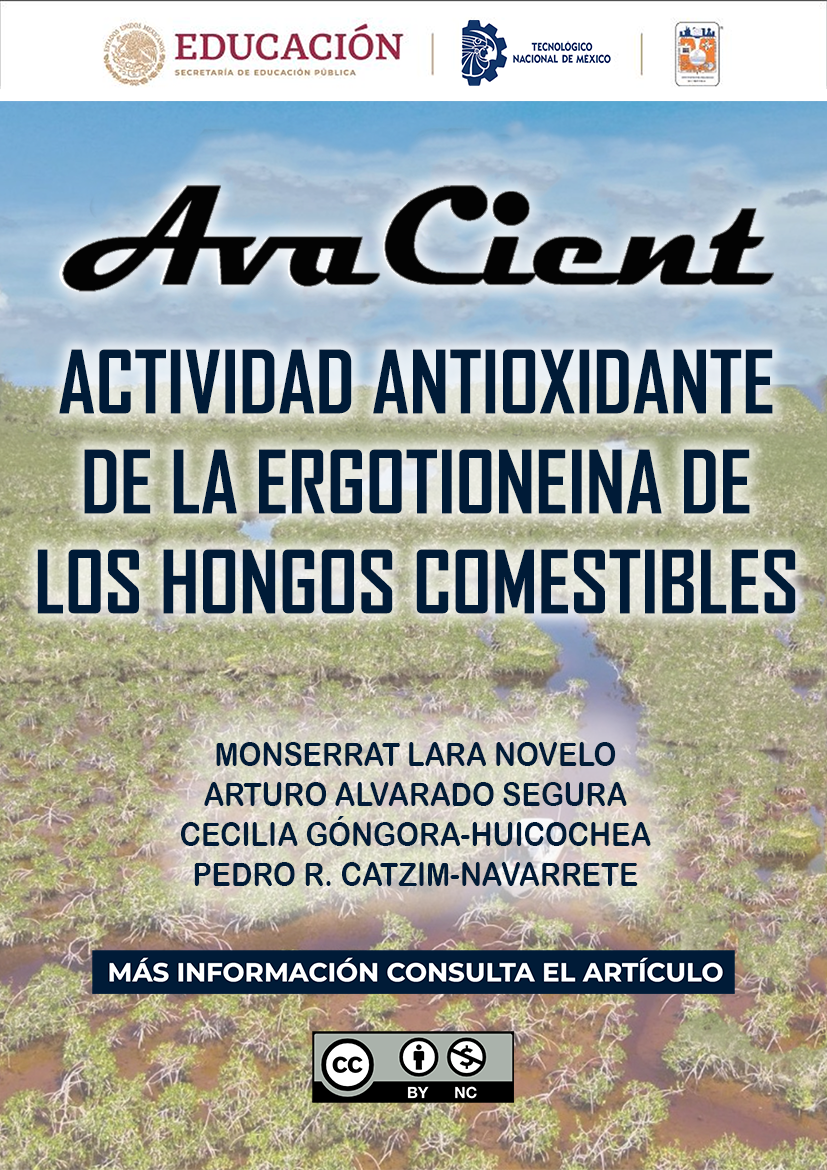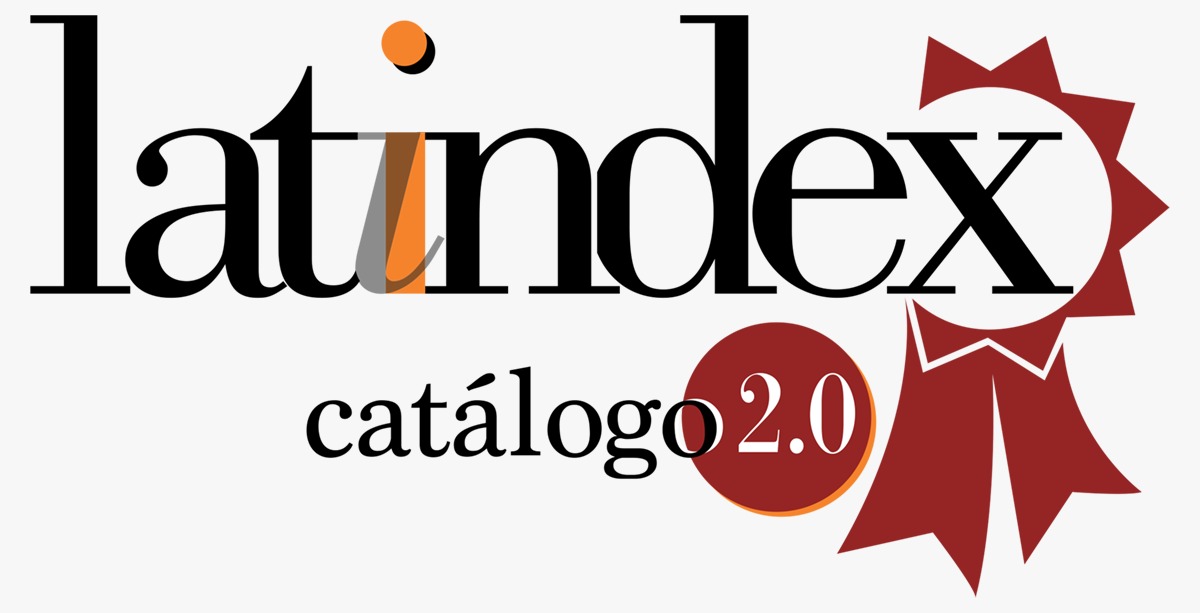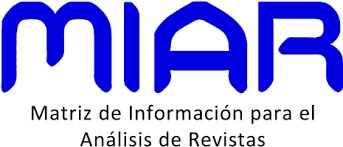ACTIVIDAD ANTIOXIDANTE DE LA ERGOTIONEINA DE LOS HONGOS COMESTIBLES
DOI:
https://doi.org/10.69823/avacient.v4n2a17Palabras clave:
Enfermedad, ergotioneína, nutriente, estrés, hongoResumen
Los hongos son considerados productos de primera calidad debido a sus cualidades nutricionales y medicinales, que favorecen la salud humana. Por otro lado, la búsqueda de agentes antioxidantes naturales es relevante
para promover la salud y prevenir enfermedades relacionadas con el estrés oxidativo mitocondrial. La ergotioneína,
compuesto bioactivo presente en los hongos comestibles, funciona como antioxidante, inmunomodulador,
hepatoprotector, hipoglucémico, antimicrobiano y tiene efecto antienvejecimiento y de protección contra los rayos ultravioleta. En esta investigación documental se analiza el papel de la ergotioneína en la salud humana. El uso de esta molécula ofrece una perspectiva para mejorar la calidad nutricional en la dieta de los consumidores y reducir el riesgo de padecer enfermedades relacionadas con el estrés oxidativo. El estrés oxidativo altera el equilibrio de los mecanismos que controlan las células, causando daños severos en moléculas biológicas como el ADN, lípidos y proteínas, lo que puede generar repercusiones negativas y el desarrollo de enfermedades neurodegenerativas y cardiacas. Aunque los resultados de las investigaciones son prometedores, se requiere de estudios más amplios para comprender el mecanismo de acción y la aplicabilidad clínica de la ergotioneína proveniente de los hongos comestibles, como Pleurotus ostreatus, Agaricus bisporus y Lentinula edodes.
Descargas
Citas
Apparoo, Y., Phan, C., Kuppusamy, U., y Chan, C. (2024). Potential role of ergothioneine rich mushroom as antiaging candidate through elimination of neuronal senescent cells. Brain Research, 1824, 148693. https://doi.org/10.1016/j.brainres.2023.148693
Atila, F., Nadhim, M., y Ali Shariati, M. (2017). The nutritional and medical benefits of Agaricus bisporus. The Journal of Microbiology, Biotechnology and Food Sciences, 7(3), 281–286. https://doi.org/10.15414/jmbfs.2017/18.7.3.281-286
Basto-Abreu, A., López-Olmedo, N., Rojas-Martínez, R., Aguilar-Salinas, C. A., Moreno-Banda, G. L., Carnalla, M., Rivera, J. A., Romero-Martinez, M., Barquera, S., y Barrientos-Gutiérrez, T. (2023). Prevalencia de prediabetes y diabetes en México: Ensanut 2022. Salud pública de México, 65, s163–s168 https://doi.org/10.21149/14832
Bazela, K., Solyga-Zurek, A., Debowska, R., Rogiewicz, K., Bartnik, E., y Eris, I. (2014). L-ergothioneine protects skin cells against UV-induced damage—A preliminary study. Cosmetics, 1(1), 51–60. https://doi.org/10.3390/cosmetics1010051
Borodina, I., Kenny, L. C., McCarthy, C. M., Paramasivan, K., Pretorius, E., Roberts, T. J., van der Hoek, S. A., y Kell, D. B. (2020). The biology of ergothioneine, an antioxidant nutraceutical. Nutrition Research Reviews. 33(2), 190- 217. https://doi.org/10.1017/S0954422419000301
Chen, J., Liu, Y., Zhao, Z., y Qiu, J. (2021). Oxidative stress in the skin: Impact and related protection. International Journal of Cosmetic Science, 43 (5), 495-626. https://doi.org/10.1111/ics.12728
Chun, S., Gopal, J., y Muthu, M. (2021). Antioxidant activity of mushroom extracts/polysaccharides their antiviral properties and plausible AntiCOVID-19 properties. Antioxidants, 10(12), 1899. https://doi.org/10.3390/antiox10121899
Costa, R., y Gantner, D. (2020). Macronutrients, minerals, vitamins and energy. Anaesthesia & Intensive Care Medicine, 21 (3), 157–161. https://doi.org/10.1016/j.mpaic.2019.12.006
Cuevas-González, B. (2009). Recetas de Setas. Comisión Nacional Federal (CONAFOR). https://www.conafor.gob.mx/biblioteca/Recetas-para-Setas.pdf
Dash, P., Kar, B., Gochhi, M., Ghosh, G., Rai, V. K., Das, C., Pradhan, D., Rajwar, T. K., Halder, J., Dubey, D., Manoharadas, S., y Rath, G. (2024). Antimicrobial properties of the edible pink oyster mushroom, Pleurotus eous: In-vivo and in-vitro studies. Microbial Pathogenesis, 196(106915). https://doi.org/10.1016/j.micpath.2024.106915
Da Silva, A., y Neuza, J., (2011). Antioxidant properties of Lentinus edodes and Agaricus blazei extracts: Antioxidant properties of mushrooms. Journal of Food Quality, 34(6), 386–394. https://doi.org/10.1111/j.1745- 4557.2011.00416.x
Deepalakshmi, K., Y Sankaran, M. (2014). Pleurotus ostreatus: an oyster mushroom with nutritional and medicinal properties. Journal of Biochemical Technology, 5(2), 718-726. https://jbiochemtech.com/storage/models/article/NG23jvirki6MsPU83nHuA6CbEMW8XcyYx1abn0BuLtqBOK snuWPknyki9rj5/pleurotus-ostreatus-an-oyster-mushroom-with-nutritional-and-medicinal-properties.pdf
Dimopoulou, M., Kolonas, A., Mourtakos, S., Androutsos, O., y Gortzi, O. (2022). Nutritional composition and biological properties of sixteen edible mushroom species. Applied Sciences 12(16), 8074. https://doi.org/10.3390/app12168074
Dubost, N., Ou, B., y Beelman, R. (2007). Quantification of polyphenols and ergothioneine in cultivated mushrooms and correlation to total antioxidant capacity. Food Chemistry, 105(2), 727–735. https://doi.org/10.1016/j.foodchem.2007.01.030
Egra, S., Irawan W., Enos A., y Harlinda K. (2019). The potential of white-oyster mushroom (Pleurotus ostreatus) as antimicrobial and natural antioxidant. Biofarmasi Journal of Natural Product Biochemistry, 17(1). https://doi.org/10.13057/biofar/f170102
Gutiérrez, R., Reyes, C., Martínez, J., López, J., y Lazalde, B. (2018). Estrés oxidativo: promotor de enfermedades. IBN Sina Revista electrónica semestral en Ciencias de la Salud, 9(1), 1-9. https://doi.org/10.48777/ibnsina.v9i1.91
Han, Y., Tang, X., Zhang, Y., Hu, X., y Ren, L.-J. (2021). The current status of biotechnological production and the application of a novel antioxidant ergothioneine. Critical Reviews in Biotechnology, 41(4), 580–593. https://doi.org/10.1080/07388551.2020.1869692
Josiane, M., Estelle, M., Francis, N., y Kamdem, S. (2018). Effect of substrates on nutritional composition and functional properties of Pleurotus ostreatus. Current Research in Agricultural Sciences, 5(1), 15–22. https://doi.org/10.18488/journal.68.2018.51.15.22
Kumar, K., Mehra, R., Guiné, F., Lima, J., Kumar, N., Kaushik, R., Ahmed, N., Yadav, A. N., y Kumar, H. (2021). Edible mushrooms: A comprehensive on bioactive compounds with health benefits and processing aspects. Foods (Basel, Switzerland), 10(12), 2996. https://doi.org/10.3390/foods10122996
Lam-Sidun, D.; Peters, KM; Borradaile, NM (2021). Mushroom-derived medicine? Preclinical studies suggest potential benefits of ergothioneine for cardiometabolic Health. International Journal of Molecular Sciences, 2021, 22, 3246. https://doi.org/10.3390/ijms22063246 /
Li, Y., Gao, J., Liu, S., Chen, S., Wei, X., Guan, Y., y Zhang, Y. (2024). Ergothioneine Protects Against UV-Induced Oxidative Stress Through the PI3K/AKT/Nrf2 Signaling Pathway. Clinical, Cosmetic and Investigational Dermatology, 17, 1309–1319. https://doi.org/10.2147/CCID.S449987
Liu, H.-M., Tang, W., Wang, X.-Y., Jiang, J.-J., Zhang, W., y Wang, W. (2023). Safe and effective antioxidant: the biological mechanism and potential pathways of ergothioneine in the skin. Molecules (Basel, Switzerland), 28(4), 1648. https://doi.org/10.3390/molecules28041648
Liuzzi, G, Petraglia, T., Latronico, T., Crescenzi, A. y Rossano, R. (2023). Antioxidant compounds from edible mushrooms as potential candidates for treating age-related neurodegenerative diseases. Nutrients, 15(8), https://doi.org/10.3390/nu15081913
Martínez-Medina, G., Chávez-González, M., Verma, D., Prado-Barragán, L., Martínez-Hernández, J., Flores-Gallegos, A., Thakur, M., Srivastav, P., y Aguilar, C. (2021). Bio-funcional components in mushrooms, a health opportunity: Ergothionine and huitlacohe as recent trends. Journal of Functional Foods, 77(104326), 104326. https://doi.org/10.1016/j.jff.2020.104326
Muszyńska, B., Kała, K., Rojowski, J., Grzywacz, A., y Opoka, W. (2017). Composition and biological properties of Agaricus bisporus fruiting bodies- a review. Polish Journal of Food and Nutrition Sciences, 67(3), 173–181. https://doi.org/10.1515/pjfns-2016-0032
Nachimuthu, S., Kandasamy, R., Ponnusamy, R., Deruiter, J., Dhanasekaran, M., y Thilagar, S. (2019). LErgothioneine: A potential bioactive compound from edible mushrooms. Medicinal Mushrooms. Springer, Singapore. 5(Chapter 16), 391–407 https://doi.org/10.1007/978-981-13-6382-5_16
Oyetayo, O., y Ariyo, O. (2013). Micro and macronutrient properties of Pleurotus ostreatus cultivated on different wood substrates. Jordan Journal of Biological Sciences, 6(3), 223–226. https://doi.org/10.12816/0001537
Park, H. (2022). Current uses of mushrooms in cancer treatment and their anticancer mechanisms. International Journal of Molecular Sciences, 23(18), 10502. https://doi.org/10.3390/ijms231810502
Patel, S., Goyal, A. (2012). Recent developments in mushrooms as anti-cancer therapeutics. Biotech 2, 1–15. https://doi.org/10.1007/s13205-011-0036-2
Permatasari, W., Dayanti, D., Khaerunnisa, I. y Winarni, S. (2020). The new super antioxidant Ergothioneine in Pleurotus ostreatus. The International Journal of Health, Education and Social (IJHES), 3(10), 23-33. https://doi.org/10.1234/ijhes.v3i10.122
Royse, D. J., Baars, J., y Tan, Q. (2017). Current overview of mushroom production in the world. In Edible and Medicinal Mushrooms (pp. 5–13). https://doi.org/10.1002/9781119149446.ch2
Sheikha, A. F., y Hu, D.-M. (2018). How to trace the geographic origin of mushrooms? Trends in Food Science & Technology, 78, 292–303. https://doi.org/10.1016/j.tifs.2018.06.008
Tsay, G. J., Lin S.-L., Li, c. Y., Mau, J.-L., y Tsai, S.-Y. (2021). Comparison of Single and Combined Use of Ergothioneine, Ferulic Acid, and Glutathione as Antioxidants for the Prevention of Ultraviolet B Radiation-Induced Photoaging Damage in Human Skin Fibroblasts. Processes 9(7), 1204. https://doi.org/10.3390/pr9071204
Tsiantas, K., Tsiaka, T., Koutrotsios, G., Siapi, E., Zervakis, G. I., Kalogeropoulos, N., y Zoumpoulakis, P. (2021). On the identification and quantification of ergothioneine and lovastatin in various mushroom species: Assets and challenges of different analytical approaches. Molecules (Basel, Switzerland), 26(7), 1832. https://doi.org/10.3390/molecules26071832
Ucar, T., y Karadag, A. (2019). The effects of vacuum and freeze-drying on the physicochemical properties and in vitro digestibility of phenolics in oyster mushroom (Pleurotus ostreatus). Journal of Food Measurement & Characterization, 13(3), 2298–2309. https://doi.org/10.1007/s11694- 019-00149-w
USITC. (2010). United States International Trade Commission. https://www.usitc.gov/publications/332/ITS_7.pdf
Usman, M., Murtaza, G., y Ditta, A. (2021). Nutritional, medicinal, and cosmetic value of bioactive compounds in button mushroom (Agaricus bisporus): Applied Sciences (Basel, Switzerland), 11(13), 5943. https://doi.org/10.3390/app11135943
Vargas, M. y Saavedra, A. (2019). Función de antioxidantes en la diabetes mellitus. https://www.sabermas.umich.mx/archivo/articulos/343-numero-40/621-funcion-de-antioxidantes-en-la-diabetesmellitus.html Yadav, D., y Negi, P. (2021). Bioactive components of mushrooms: Processing effects and health benefits. Food Research International (Ottawa, Ont.), 148(110599), 110599. https://doi.org/10.1016/j.foodres.2021.110599
Zhang, K., Pu, Y.-Y., Y Sun, D.-W. (2018). Recent advances in quality preservation of postharvest mushrooms (Agaricus bisporus). Trends in Food Science & Technology, 78, 72–82. https://doi.org/10.1016/j.tifs.2018.05.012

Descargas
Publicado
Cómo citar
Número
Sección
Licencia
Derechos de autor 2024 AvaCient

Esta obra está bajo una licencia internacional Creative Commons Atribución-NoComercial 4.0.
















